'Unusual' carved Pictish stone displayed at Elgin Museum
- Published
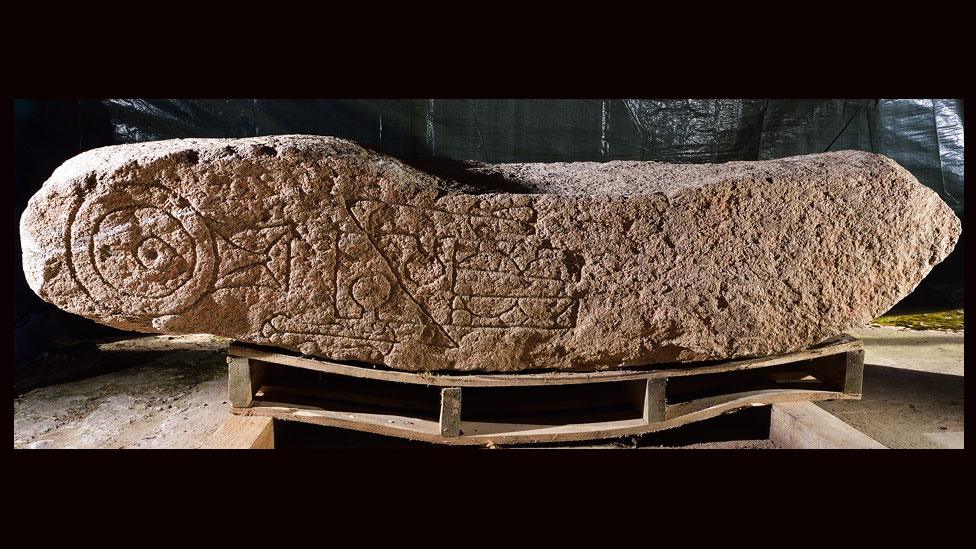
The stone has been named after the farm where it was found in 2013
A standing stone with an "unusual" and possibly even "unique" positioning of Pictish carvings is to go on public display for the first time.
The Dandaleith Stone was uncovered by a farmer's plough three years ago.
While the carvings, which include a large eagle, are typical Pictish symbols, archaeologists say their positioning and alignment are not.
The stone found near Craigellachie and dating from the 8th or 9th Century has been installed at Elgin Museum.
The museum opens for its new season on Saturday.
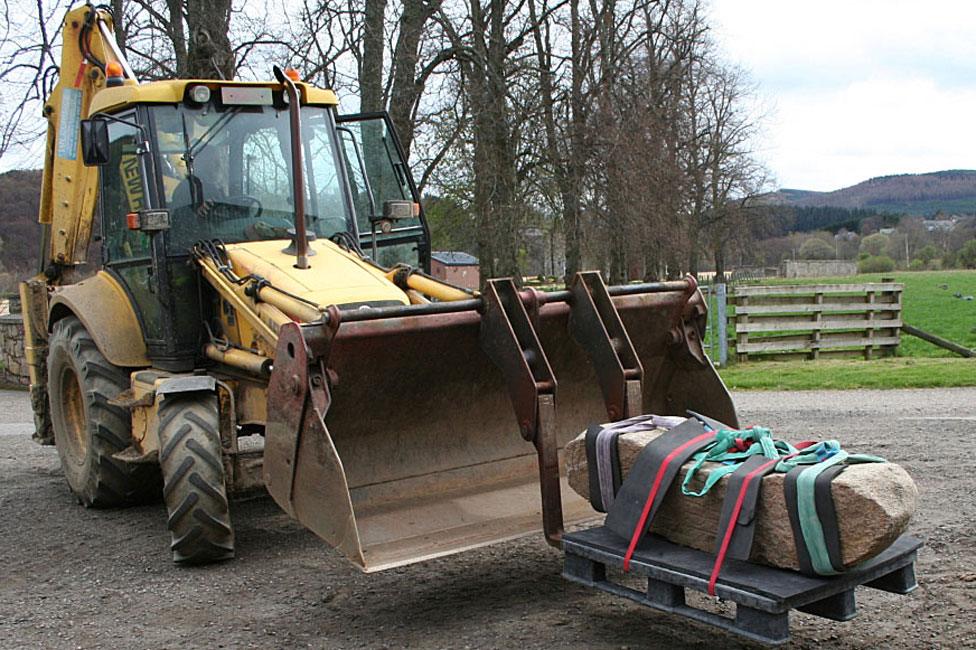
A digger moved the stone from where it was found near Craigellachie
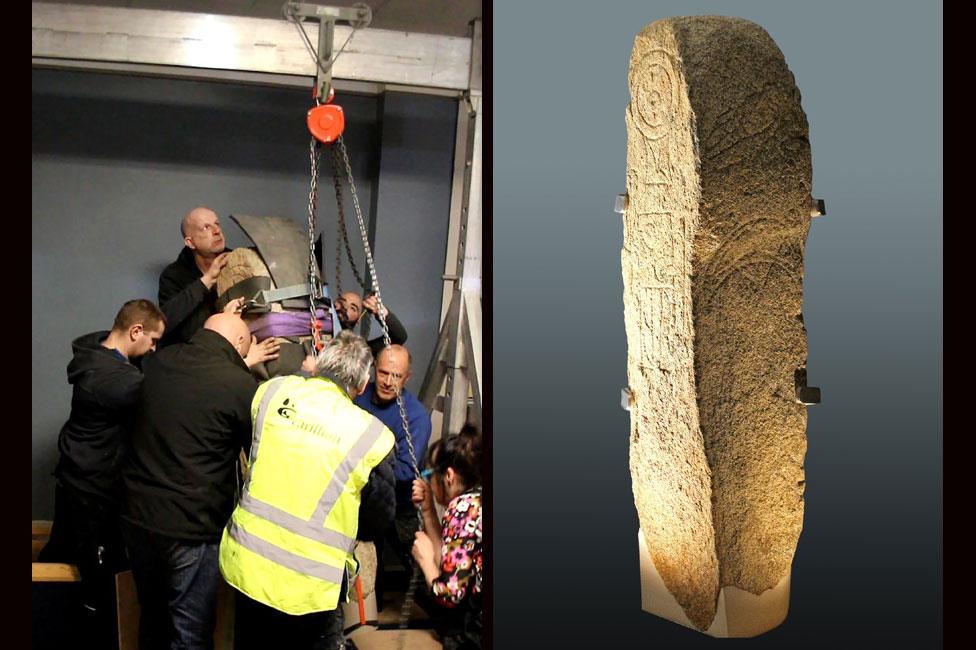
The stone being raised at Elgin Museum
Weighing more than a ton and stretching to 1.7m (5ft 6"), the stone was named after the farm where it was found in Moray.
Few records
The Archaeology Service for Aberdeenshire, Moray, Angus and Aberdeen City Councils, whose staff excavated the stone, has been intrigued by the lay out of the markings on the pink granite rock.
The Dandaleith Stone is decorated with a large eagle with crescent and V-rod below one face, with a mirror case symbol with notch rectangle and Z-rod below on the adjoining face.
Archaeologists said these were typical Pictish symbols, but the positioning of the symbols on two adjoining faces, aligned on the same orientation, was "unusual and may be unique".
Picts lived in north and east Scotland in the 3rd to 9th centuries AD. Few written records of them survive.
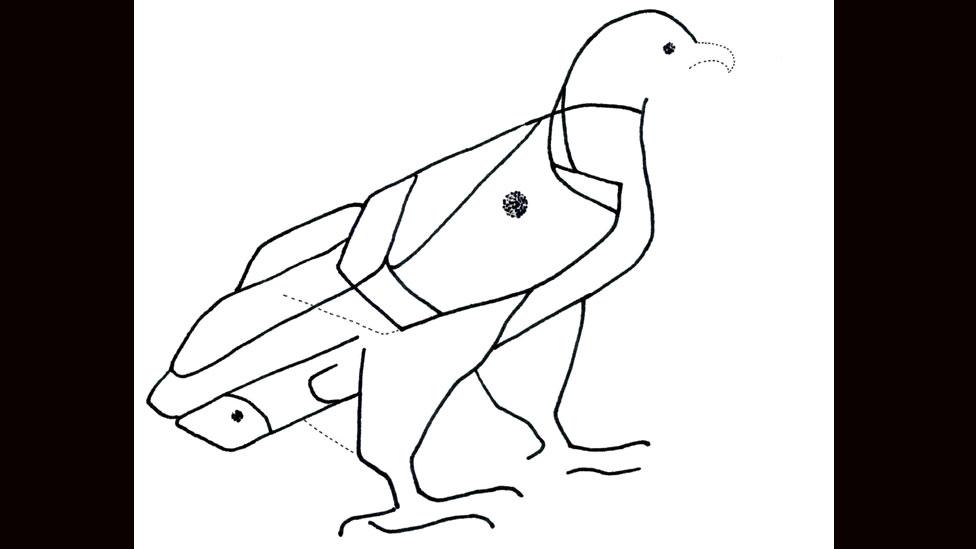
An illustration of an eagle that was carved into the pink granite
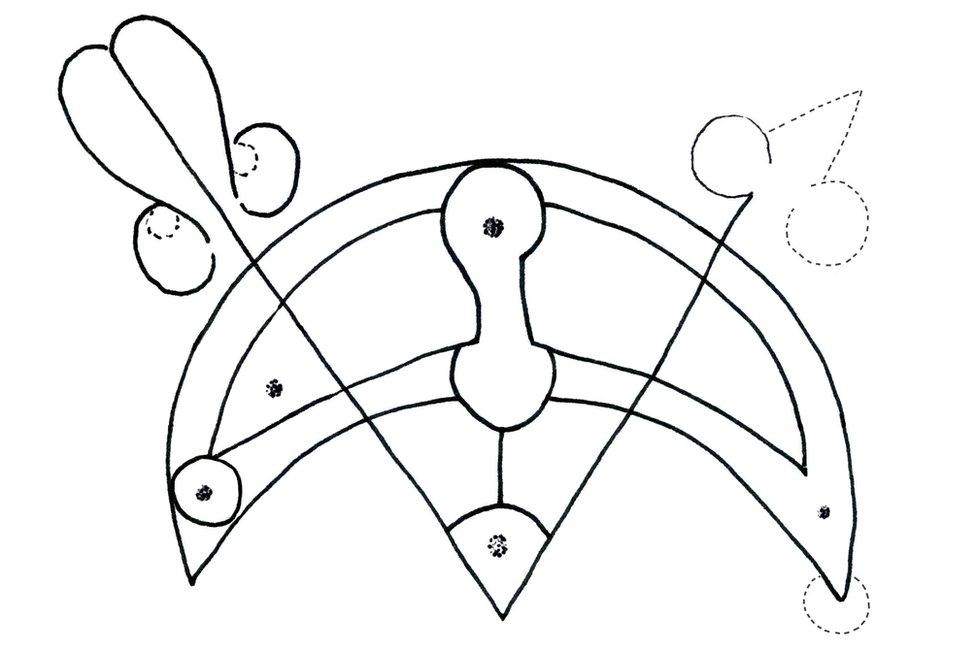
A drawing of the stone's crescent and V rod symbol
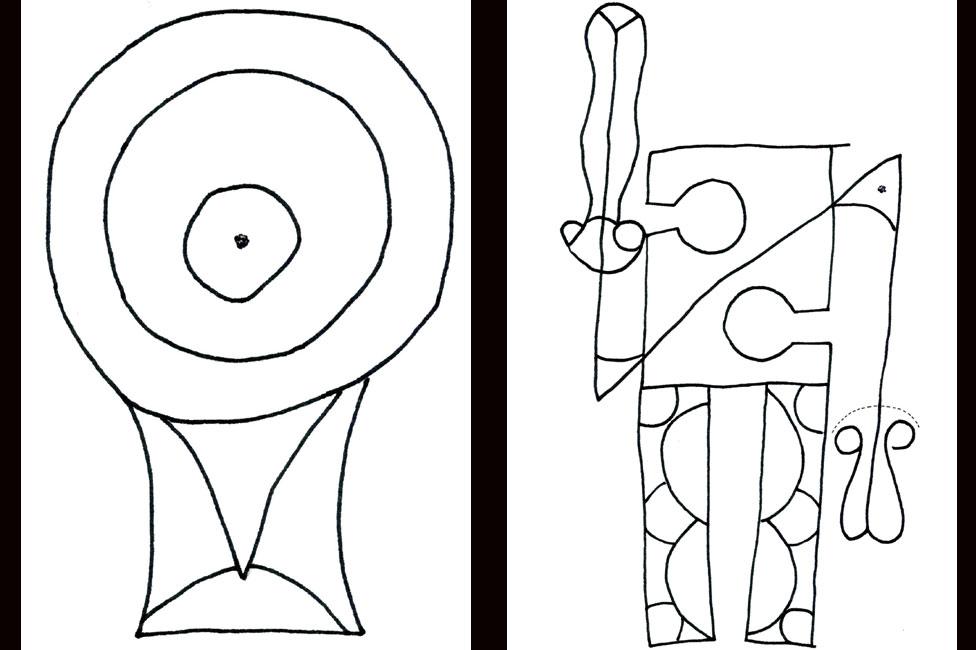
A mirror case symbol with notch rectangle and Z-rod also decorate the stone
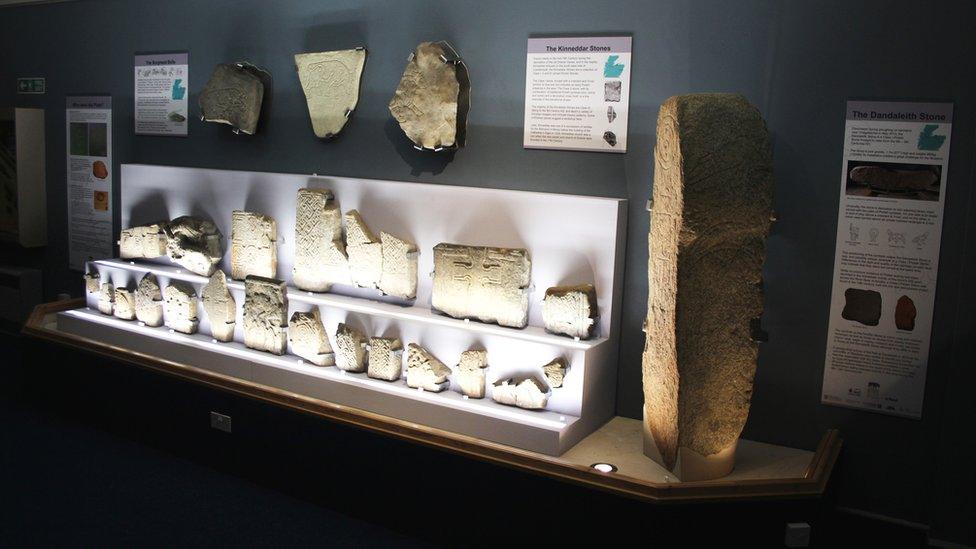
The new Pictish stones exhibition at Elgin Museum
Ornately decorated Pictish stones found in the past include the Ardross Wolf, a symbol stone held in the collection of Inverness Museum and Art Gallery.
The Knocknagael Boar Stone, found on the outskirts of Inverness, is on display at Highland Council's headquarters in the city.
Another stone uncovered by a farmer ploughing a field has a figure of a man carrying an axe carved into it. The character became known as the Rhynie Man after the village in Aberdeenshire near where it was found.
The Nigg cross-slab, a stone found in Easter Ross, dates from the 8th Century and features snakes and a depiction of monks receiving bread from a raven sent by God.

Who were the Picts?

Lego has been used to encourage children to take an interest in the Picts
Archaeologists and historians have long debated the origins and activities of the Picts.
Many agree that they were descended from indigenous Iron Age people of northern Scotland, and that the term "Picti" was likely to have been a nickname the Romans used to describe communities north of Hadrian's Wall.
The Picts created intricately decorated standing stones and also constructed impressive hill forts to defend themselves against rival tribes and invaders.
They battled the Romans, Angles and the Vikings.
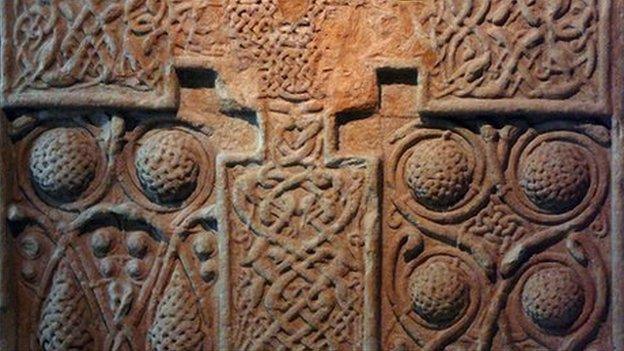
Detail on the Nigg cross-slab from Easter Ross
In AD 900, the kingdoms of the Picts and of Dalriada unified to create the Kingdom of Alba.
Today, the Picts continue to fascinate.
Last year, children were encouraged to explore one of Scotland's most mysterious peoples by recreating their forts and art in Lego and face paints.
The ideas formed part of a learning resource for schools on the Picts created by Forestry Commission Scotland.

- Published10 April 2015
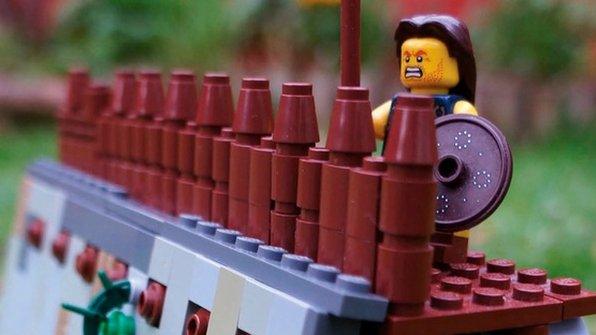
- Published8 August 2014
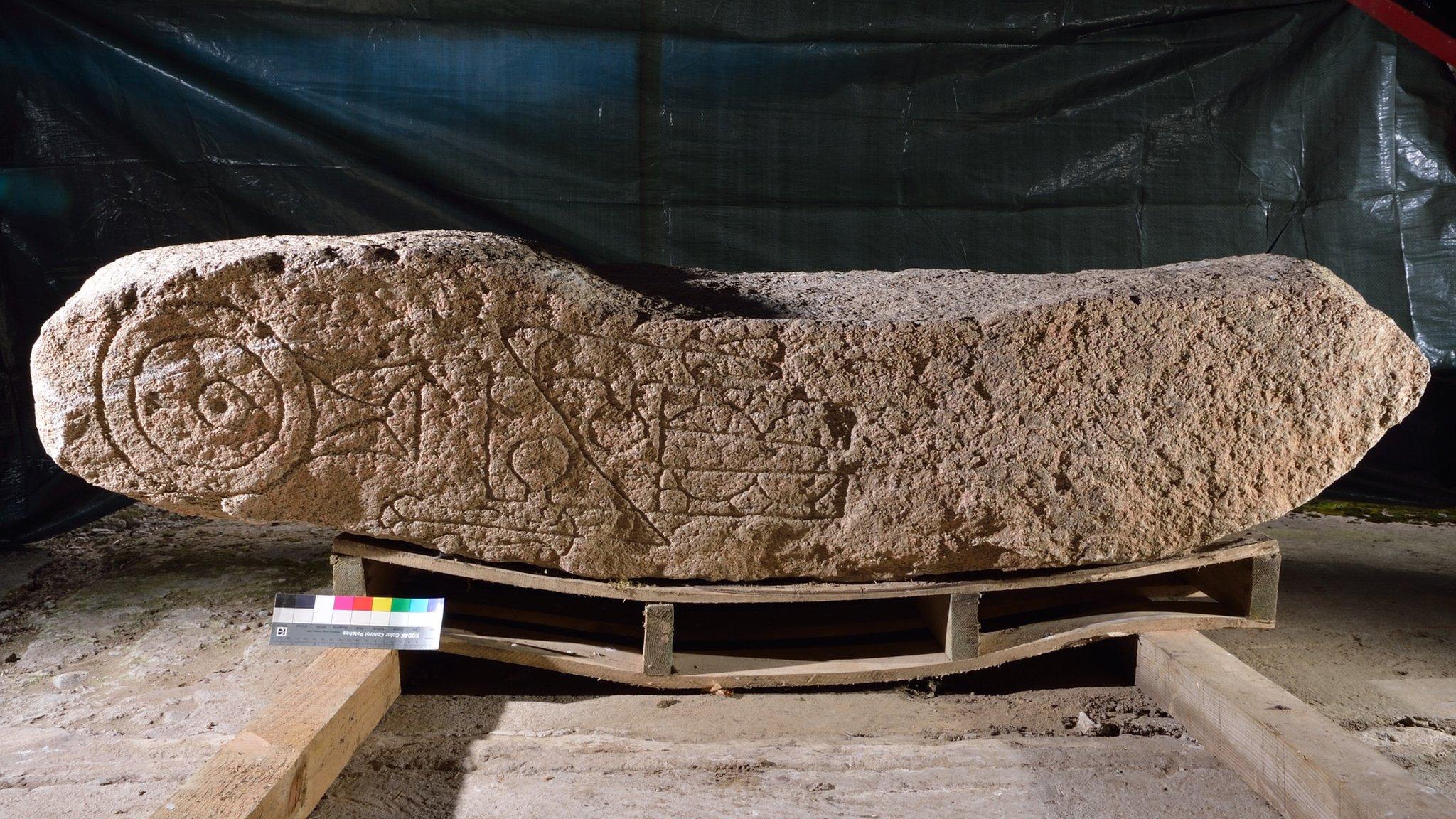
- Published20 October 2011
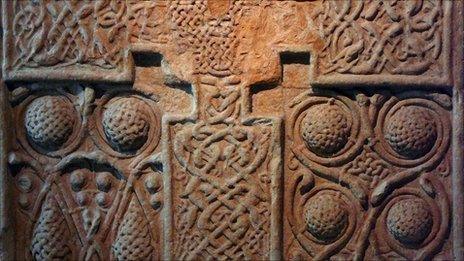
- Published14 September 2011
